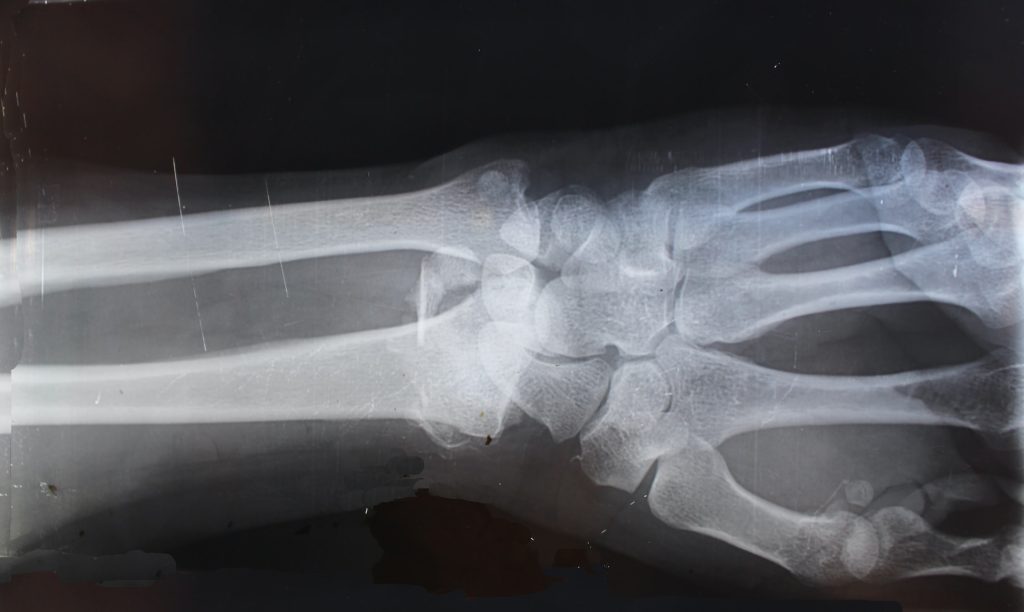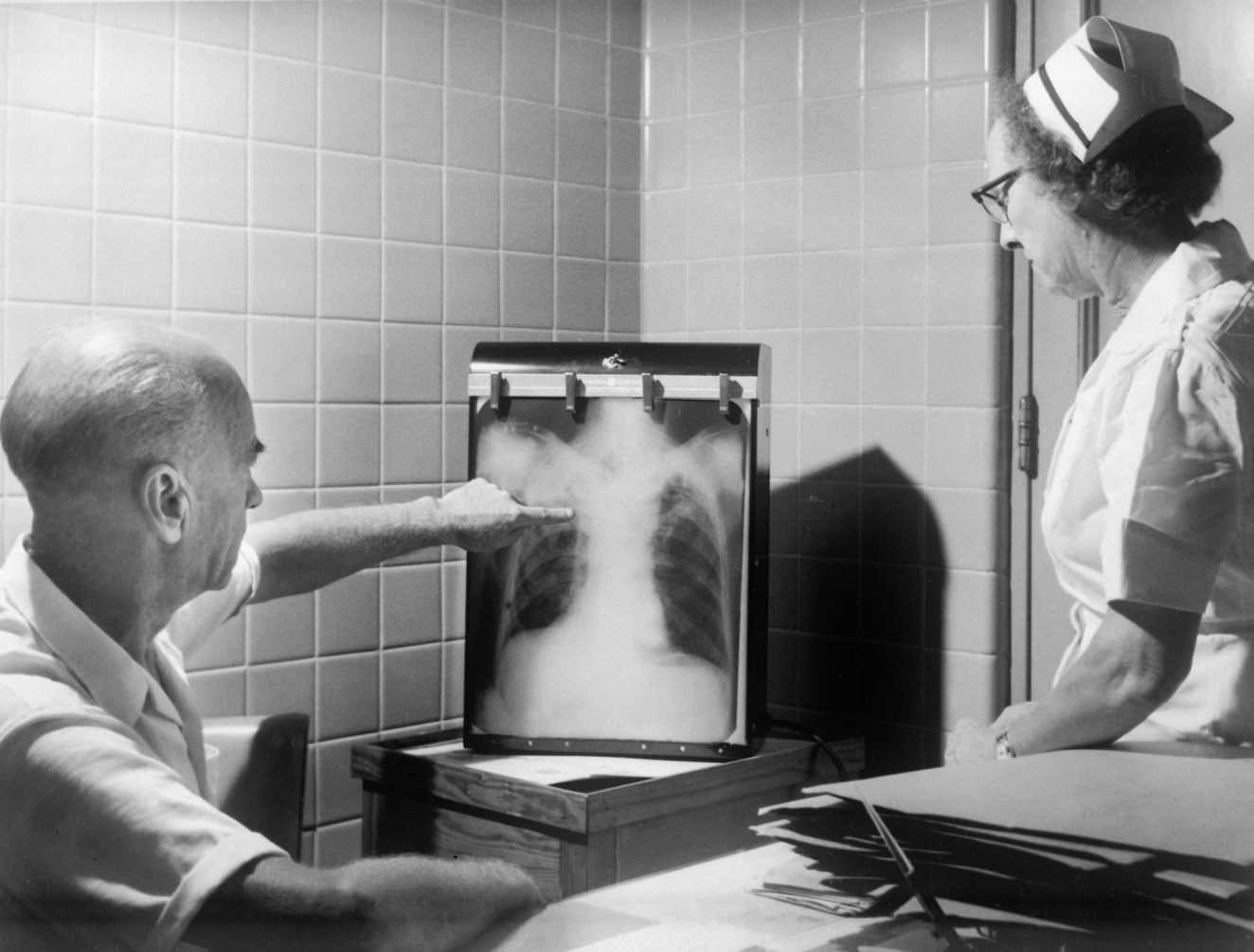For decades, X-rays have played a pivotal role in modern medicine, offering a non-invasive way for doctors to peer into the human body. This imaging test is a versatile tool, aiding in the diagnosis, monitoring, and treatment of various medical conditions. Let’s dive into the world of X-rays, exploring their uses, preparation, procedure, and potential side effects.

Why Undergo an X-ray?
An X-ray becomes a crucial diagnostic tool when your doctor needs to:
- Examine an area of pain or discomfort
- Monitor the progression of conditions like osteoporosis
- Assess the effectiveness of ongoing treatments
Conditions warranting an X-ray range from bone cancer, breast tumors, and enlarged hearts to digestive issues, fractures, infections, and tooth decay.
Preparation for an X-ray
In most cases, X-rays are routine procedures with minimal preparation required. Your attire may need adjustment based on the area under examination, but loose, comfortable clothing is usually suitable. Remove jewelry and inform your healthcare provider about any metal implants, as they can obstruct clear imaging. Some cases may involve contrast material, enhancing image quality through methods like swallowing a liquid, injection, or enema.
The X-ray Procedure Unveiled
Performed by X-ray technologists or radiologists, the procedure can transpire in a hospital, dental office, or specialized clinic. After preparation, the technician guides you through body positioning to capture clear images. Whether standing in front of X-ray film or having a camera moved over your body, staying still is crucial for optimal results.

Potential Side Effects and Considerations
X-rays employ minimal radiation, generally safe for adults but not recommended during pregnancy. Pregnant individuals should inform their doctor to explore alternative imaging methods like MRI. Pain or discomfort may arise during the procedure, particularly if examining a painful condition. Pain medicine may be recommended in such cases.
Contrast materials may induce side effects like hives, itching, nausea, lightheadedness, or a metallic taste. Severe reactions are exceedingly rare but may necessitate immediate medical attention.
Life Post-X-ray
Once the images are collected, you can resume regular activities or rest depending on your condition. Results may be available on the same day or later. Your doctor reviews the X-rays and radiologist’s report to determine the next steps. Additional tests, blood work, or treatments may follow based on the findings.

X-rays remain a cornerstone in medical diagnostics, offering a window into the body’s intricate details. If recommended by your healthcare provider, discussing any concerns, potential risks, and alternative options ensures a well-informed decision tailored to your specific needs.





